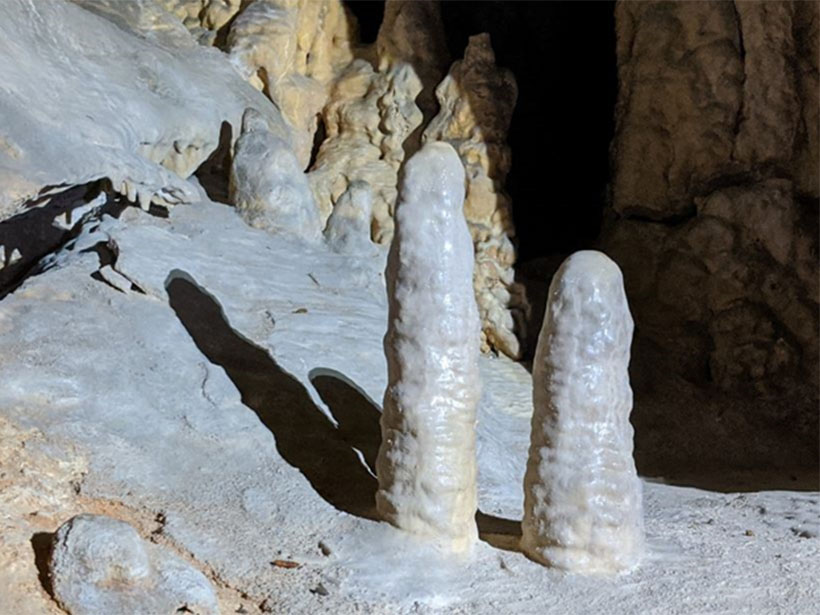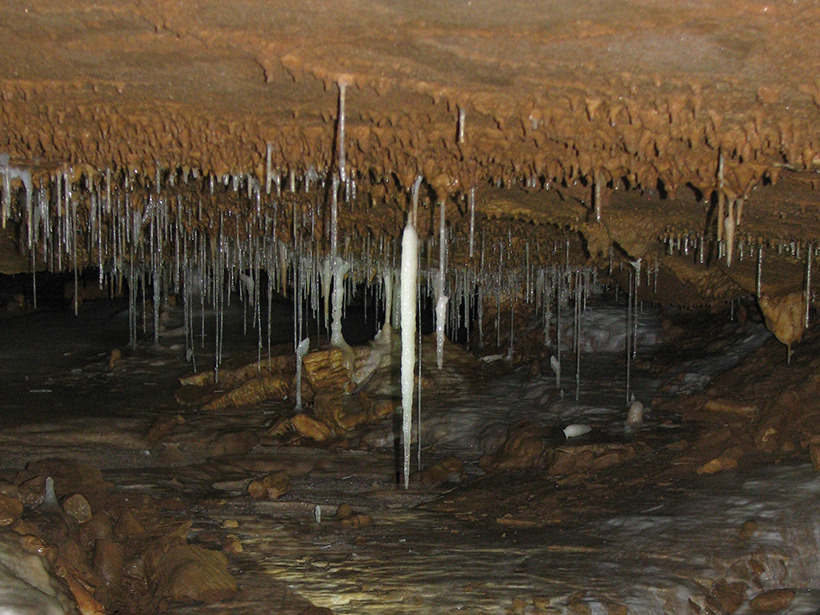A global investigation discovers where annually laminated stalagmites are found, analyzes their growth properties, and explains how they can be best used in Earth science research.
L. Comas-Bru
Posted inScience Updates
Improving Access to Paleoclimate Data
Paleoclimate databases are powerful tools for improving climate models. The recent work of speleothem researchers offers lessons on creating a lasting database and fostering the needed mindset.
Posted inScience Updates
Piecing Together the Big Picture on Water and Climate
A new database brings together water isotope data from many sources, providing an integrated resource for studying changes in Earth’s hydroclimate over the past 2,000 years.



